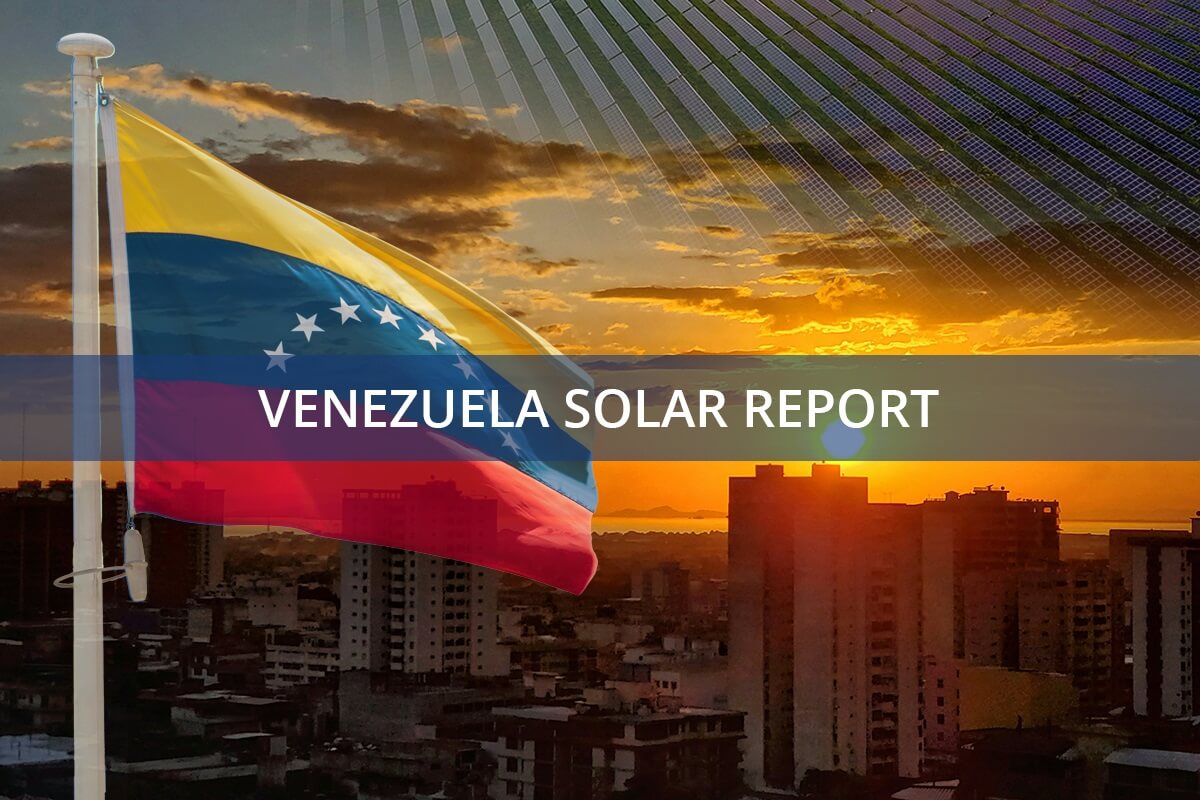Zambia solar mini-grids: A Key Solution for Rural Electrification
Zambia is on the brink of a solar energy revolution with an ambitious plan to connect 8.5 million people to solar mini-grids by the year 2030. This transformative initiative is anticipated to significantly enhance Zambia’s energy landscape. The government has announced its plans to develop over 1,400 solar mini-grids in rural areas, aiming to provide electricity access to millions who currently live without it. This project is a crucial part of Zambia’s broader strategy to improve access to reliable and sustainable energy sources.
Zambia has long struggled with energy access, particularly in rural regions where the electrification rate is as low as 5%. Historically, the country’s energy infrastructure has been heavily reliant on hydropower, which is vulnerable to climate change and frequent droughts, leading to power outages and shortages that affect the livelihoods of millions. Learn more about Zambia’s renewable initiatives.
To address these challenges, the Zambian government is turning to solar mini-grids as a sustainable and cost-effective solution. Solar mini-grids are small, decentralized power systems that can generate and distribute electricity in rural and remote areas. These systems are particularly well-suited to Zambia’s climate, which offers abundant sunlight throughout the year.
Government’s Commitment to Zambia solar mini-grids and Renewable Energy
The Zambian government has shown strong commitment to expanding renewable energy infrastructure. The development of solar mini-grids is a key component of the country’s revised electrification strategy. Minister of Energy, Peter Kapala, announced that by 2030, over 1,400 solar mini-grids will be operational, serving 8.5 million people who currently lack access to electricity.
This ambitious plan is expected to significantly reduce the energy deficit in rural areas, improve living conditions, and stimulate economic growth. The government’s focus on renewable energy aligns with global efforts to combat climate change and reduce carbon emissions.
Kapala highlighted the importance of innovative financing and partnerships in achieving the country’s electrification goals. The government is working with various stakeholders, including private investors, to mobilize the necessary resources for the development of solar mini-grids. For more insights, explore the Zambia solar mini-grids Initiative: Connect 8.5 Million by 2030.
One such initiative is the Rural Electrification Authority (REA), which has been instrumental in implementing renewable energy projects. Kapala noted that over 1.1 million people have already been electrified through REA’s efforts.
How Zambia solar mini-grids Are Transforming Rural Communities
The development of solar mini-grids is expected to have a transformative impact on rural communities in Zambia. Access to electricity will improve the quality of life by providing lighting, powering household appliances, and enabling the use of modern technologies.
Electricity access will also boost economic activities in rural areas. Farmers will benefit from irrigation systems, cold storage facilities, and processing equipment, which will increase agricultural productivity and reduce post-harvest losses. Small businesses will also gain from a reliable power supply, enabling them to expand their operations and create jobs.
Education and healthcare services in rural areas are also expected to improve significantly. Schools will be able to extend their operating hours, and students will have access to digital learning resources. In healthcare facilities, electricity will power essential medical equipment, improve cold storage for vaccines, and enhance overall service delivery.
Zambia solar mini-grids and the Path to a Sustainable Energy Future
Zambia’s focus on solar mini-grids is a crucial step toward achieving universal access to electricity. By 2030, the government aims to have over 1,400 solar mini-grids in operation, providing power to 8.5 million people. This initiative is part of a broader strategy to diversify the country’s energy mix and reduce reliance on hydropower.
The success of this initiative will depend on continued government commitment, innovative financing solutions, and strong partnerships with private investors. The development of solar mini-grids is not only a solution to Zambia’s energy challenges but also a model for other countries seeking to expand rural electrification through renewable energy.
As Zambia moves towards a more sustainable energy future, the benefits of solar mini-grids will be felt across the country. Improved access to electricity will enhance the quality of life, stimulate economic growth, and contribute to global efforts to combat climate change. For Zambia, solar mini-grids represent a brighter, more sustainable future for all.

